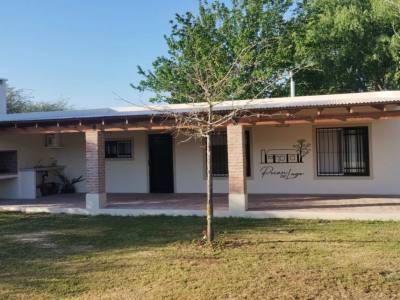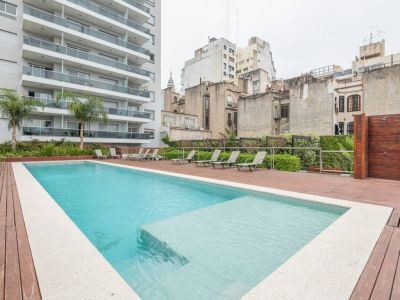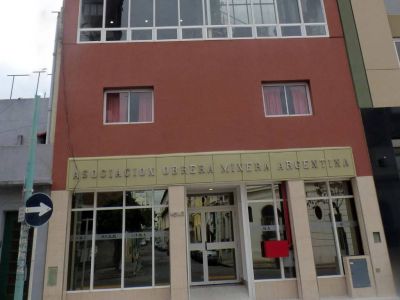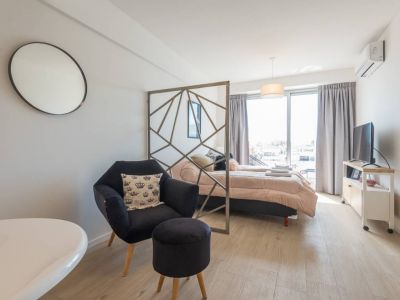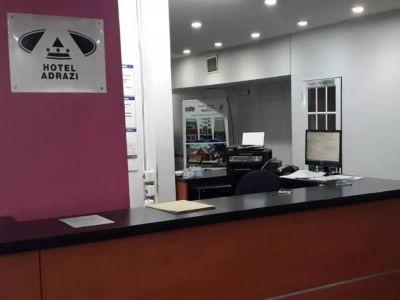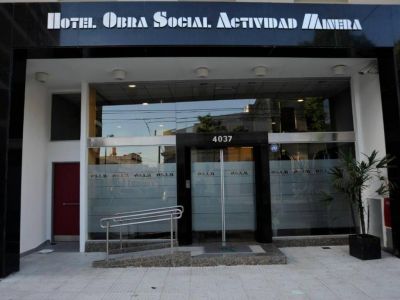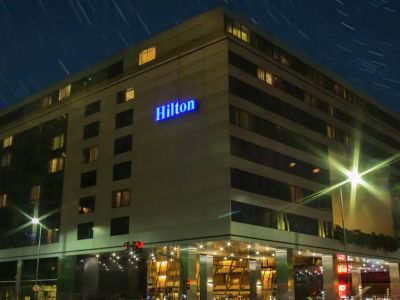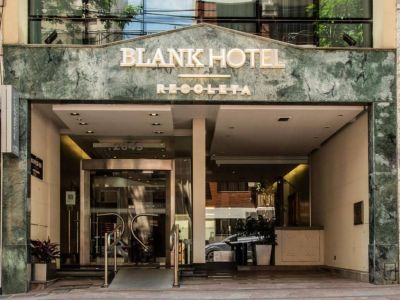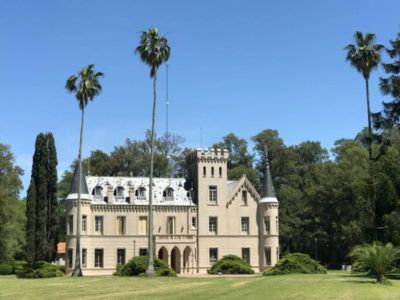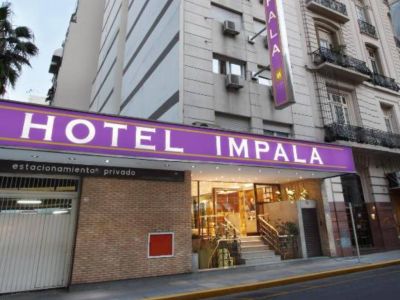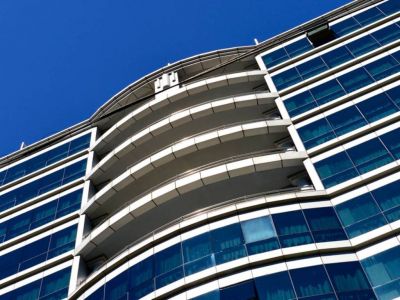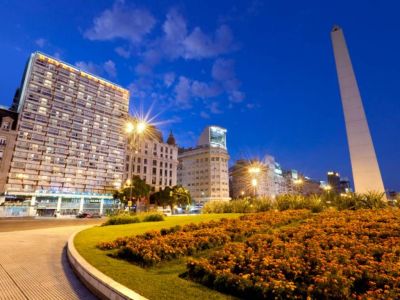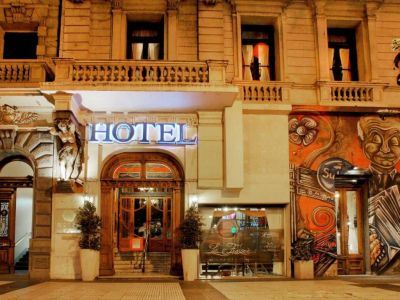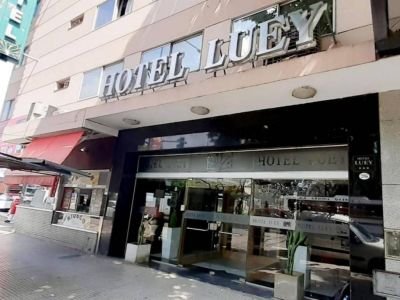High Doric columns welcome visitors to the Recoleta Cemetery and invite them to enter a world of peace and refined style unlike everything known.
We had heard a lot about
La Recoleta cemetery and we wondered: what can be so pleasant about touring around a place like that in the heart of the city? We resolved to answer that question after paying a visit to the venue. As we entered, we joined a group ready to set out on a guided tour. We heard foreign accents among them and learned that the main tourist guides in the world recommend a visit to this cemetery. Lying next to Our Lady of Pilar Church, it used to be the place where the priests from the order of the
Recoleto Monks would rest in peace. Thus, it was named after them. Later on, significant characters from Buenos Aires were buried in this site.
Open in 1822, it started as a Roman Catholic cemetery. Afterwards, it became secular and now it is available for people of various worships or religions. It is still active and is lodging almost 5,000 souls. We noticed that the inner streets were narrow and the sunshine featured juggling acts in order to be present at each one of them. They formed a grid with the broader diagonals and avenues where the roundabouts with impressive monuments would be the axis for the various circuits. A general view of the vaults made us look at them as “rooms” with important construction materials, very neatly kept both inside and out. White or black marble, metal and stone would appear here and there.
As we raised our sight, we saw the most beautiful part of these constructions: domes with religious figures (crosses, saints, angels) cut out in the skyline or over the tall buildings in the neighborhood and providing magnificence to the sculptures. Preferential Space As we moved on, we discovered its history. The Worthy Citizens would have their own space in an area near the entrance, the most spacious and ancient corner. Cornelio Saavedra, Marcos Balcarce, Juan Andrés de la Peña and Guillermo Brown, among others, rest there. It would be impossible to describe everything the guide said in these lines. We were amazed by the stories enclosed in this burial ground. Presidents, Nobel Prizes, politicians and writers co-exist here. Countless books and poems have treasured famous quotes about details of their enigmas and fantastic stories. Each vault was built according to the taste and possibilities of each owner family. Art nouveau, stained glass windows and semicircular arches prevail but there is no particular architectural order. We appreciated extremely beautiful very large works, richness of materials and artistic quality with the stamp of famous national and foreign sculptors. There Is an Explanation for Everything We observed the symbology and the presence of angels, mediators between the earthly and the heavenly worlds. The olive leaves are a symbol of peace. The cloaks resting on vases or crosses mean sadness or abandonment. Silvia, our guide, deciphered their meanings so that we could understand a little bit more. Some constructions are a faithful copy of other pieces contained in the Père-Lachaise Cemetery in Paris or Staglieno Cemetery in Genoa. Traditional families from Buenos Aires with a very high purchasing power would receive catalogs of vaults and hire European construction materials and professionals. Inside the vaults, we could see prayer kneelers and white tablecloths with lace edgings. Some inner narrow staircases led to the basements, where the coffins were located, out of sight. Twenty-one presidents of Argentina have their vaults at the Recoleta Cemetery. Some of them include luxurious monuments, according to the corresponding historical period. Silvia gave us an account of their lives and deaths. We had learned those details at school but it was striking to be reminded of them. We noticed the differences between the architectural set belonging to President Carlos Pellegrini, who died in 1906, and the minimalist vault where President Raúl Alfonsín rests. The latter died in 2009. Obviously, they both belong to different epochs and historical frames. Mr. Pellegrini’s was impressive: it included his figure and that of the Republic, in a very important size, sculpted in marble along with other bas relief structures. Mr. Alfonsín’s vault, instead, was deprived of any ornaments. It just featured a stained glass window in the shape of a cross on the ceiling that would let the light in. We did not feel any qualm, fear, sadness or ghost about what we were seeing and listening to. “The vault owned by the Duarte family, where the body of Mrs. María Eva Duarte de Perón rests, is the most visited. People ask many questions about it”, was Sylvia’s answer as we inquired about this topic. “There are always flowers and visitors on the important dates corresponding to this strong and enigmatic figure of Argentinian history which transcended all borders”, she added. Recoleta shelters many common stories. Some of them are teeming with melancholy and beautiful epitaphs. There are always myths and legends about tragic deaths of young characters which have been portrayed in imposing statues. Leaving Sadness behind The sun was setting and the dome of the Pilar Church surprised us with its shiny ornamented light blue towers. It seemed to be blessing the bodies in the cemetery as it tinged the venue in color. We chatted with Sylvia a little more and we were glad to learn that little by little more and more Argentinians are discovering this very porteño cemetery. We heard, for instance, that art and architecture students visit the site as part of their practical lessons. In our case, we only dedicated two hours to this tour. It takes quite longer to come to grasp each tribute, the religious beliefs, the purchasing power and the position of each character towards death at each period. Very slowly, we looked for our way out as some dim yellow lights were turned on to illuminate the inner streets at night. We left our mistrust behind and felt that the Recoleta Cemetery was much more related to the affectionate and respectful commemorations of those who are no longer here than to death itself. Thus, we considered our initial question had been answered. Mónica Pons
Eduardo Epifanio
Phone: +54 11-48031594
Phone: +54 0800-9992838























